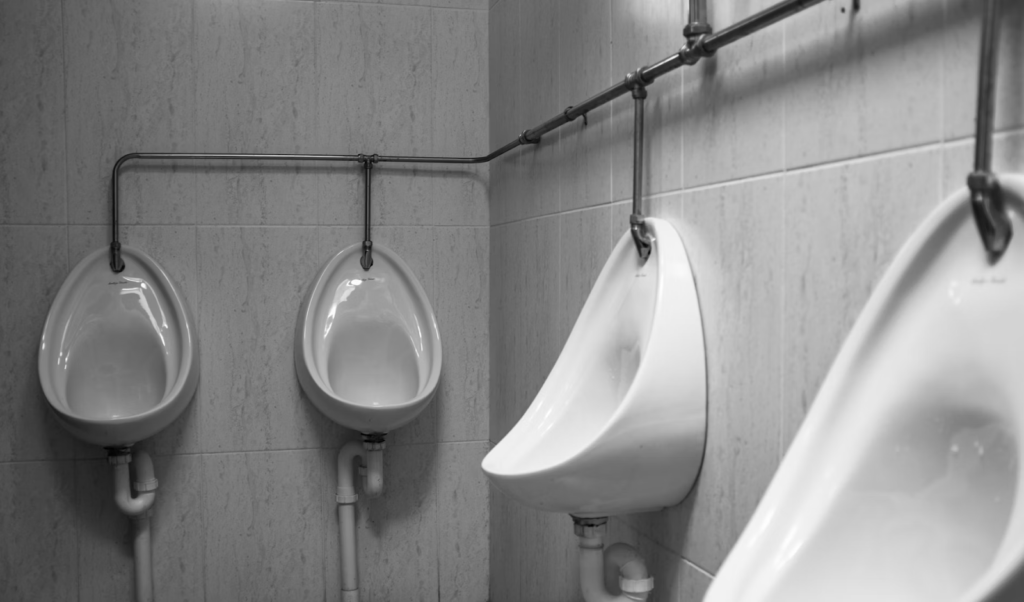Artificial intelligence (AI) has rapidly entered classrooms, reshaping how students complete homework, essays, and research papers. While these tools can enhance learning, they also raise concerns about fairness in grading.
Many students now use AI to generate large portions of their assignments, making it difficult for teachers to determine how much of the work is genuinely their own.
This is where AI detector technology comes in. By identifying whether content was written by a human or a machine, educators can maintain academic integrity and ensure fair grading.
Let’s explore how teachers can rely on these tools, their benefits, limitations, and best practices for implementation.
The Rise of AI in Student Work
AI writing tools are no longer niche. They have become mainstream in education.
- A 2024 survey by Intelligent.com found that 30% of college students admitted to using ChatGPT for assignments.
- Another report revealed that 86% of students globally use AI for their studies, with nearly a quarter doing so daily.
- Turnitin, a leading plagiarism checker, reported that in reviewing 200 million papers, about 11% contained more than 20% AI-written text.
These numbers highlight the challenge: educators must assess work fairly while adapting to an academic environment where AI is part of the learning process.
What Are AI Detectors?
An AI detector is a tool designed to analyze text and estimate whether it was written by AI. Unlike plagiarism checkers, which compare submissions to existing databases, detectors evaluate writing patterns such as:
- Predictable sentence structures
- Lack of emotional nuance
- Repetitive phrasing
- Overly formal or uniform tone
Popular options include GPTZero, Originality.ai, Copyleaks, and Turnitin’s AI-writing detection tool. Each claims high accuracy, but results can vary depending on the type of text and the version of the AI model used.
Why Fair Grading Is at Stake
Fair grading is essential to education. It ensures that students are rewarded for their own effort and knowledge. Without safeguards, widespread AI use could undermine fairness in several ways:
- Unfair Advantage – Students who rely on AI may achieve higher grades with less effort compared to those who complete assignments honestly.
- Learning Loss – If students let AI do the hard work, they miss out on critical skills like research, analysis, and argumentation.
- Trust Issues – Honest students may feel discouraged if AI-generated work goes undetected.
- Institutional Integrity – Schools risk losing credibility if their assessments don’t reflect authentic student ability.
By integrating detection tools, educators can reduce these risks and make grading more equitable.
How Educators Can Use AI Detectors
1. Screening Assignments
Educators can run essays, reports, and research submissions through an AI detector before grading. This step helps identify whether AI-generated content makes up a significant portion of the work.
2. Cross-Checking with Plagiarism Tools
AI detectors are most effective when combined with plagiarism checkers. A paper may be original in terms of plagiarism but still written by AI. Together, both tools give a clearer picture.
3. Identifying Overuse, Not Banning AI
Some AI use may be acceptable—like grammar corrections or brainstorming. Detectors help educators spot overreliance, ensuring that students still demonstrate original thought.
4. Providing Constructive Feedback
Instead of penalizing students immediately, educators can use results as a teaching moment. If an essay is flagged, it could lead to a conversation about responsible AI use.
5. Supporting Policy Enforcement
Schools and universities are creating AI-use guidelines. Detectors can provide evidence to enforce those policies fairly, whether AI is allowed for assistance or banned in graded work.
Benefits of Relying on AI Detectors
The adoption of detection tools offers several advantages:
- Fairness in Grading – Students are graded on their effort, not on how well they can use AI.
- Authentic Learning – Reduces the temptation to outsource critical thinking to machines.
- Time Savings for Teachers – Rather than second-guessing essays, educators have data-driven insights.
- Institutional Credibility – Schools maintain trust with parents, employers, and accreditation bodies.
Limitations to Consider
AI detectors are useful but not flawless. Educators should keep these limitations in mind:
- False Positives – Sometimes genuine human writing is mistakenly flagged as AI, especially if the student writes in a simple or repetitive style.
- False Negatives – Advanced AI combined with paraphrasing tools can evade detection.
- Bias Against Non-Native Speakers – Studies have shown detectors sometimes incorrectly flag essays by non-native English writers as AI-generated.
- Student Anxiety – Overreliance on detectors can create fear and confusion among students.
For example, Turnitin claims 98% accuracy, but research shows false positives can occur at a rate of 4% or higher. Similarly, GPTZero has been criticized for sometimes mislabeling up to 20% of human-written content.
Best Practices for Educators
To ensure that detection tools are used fairly, educators should follow best practices:
- Be Transparent – Inform students that submissions will be checked using an AI detector. Transparency discourages misuse.
- Use Results as Evidence, Not Proof – Treat detection results as one piece of information, not the final verdict.
- Set Clear Guidelines – Define acceptable vs. unacceptable AI use. For example, editing with AI may be allowed, but full essay generation is not.
- Encourage AI Literacy – Teach students how to use AI responsibly in ways that support learning.
- Evaluate Multiple Drafts – Grading drafts, outlines, and in-class exercises makes it harder to submit AI-written work undetected.
The Future of Fair Grading
As AI tools improve, they will produce writing that’s even harder to distinguish from human text. This means detectors must evolve too.
Some experts predict that the future of fair grading will rely on hybrid models—combining AI detectors, teacher evaluation, and process-based assessments.
Instead of just grading the final essay, educators may look at how a student develops ideas through drafts, discussions, and class participation. This holistic approach makes it harder for AI to replace authentic effort.
Conclusion
AI has transformed education, but it has also made fair grading more challenging. By integrating AI detector tools into the evaluation process, educators can protect academic integrity, ensure fairness, and encourage genuine learning.
These tools are not perfect, but when combined with teacher judgment, clear policies, and student education, they can help maintain trust in the classroom.
The goal isn’t to eliminate AI but to ensure it supports rather than replaces learning.
In the end, fair grading is about more than catching cheaters—it’s about creating an environment where all students are rewarded for their true abilities. AI detectors give educators a way to balance innovation with integrity.



